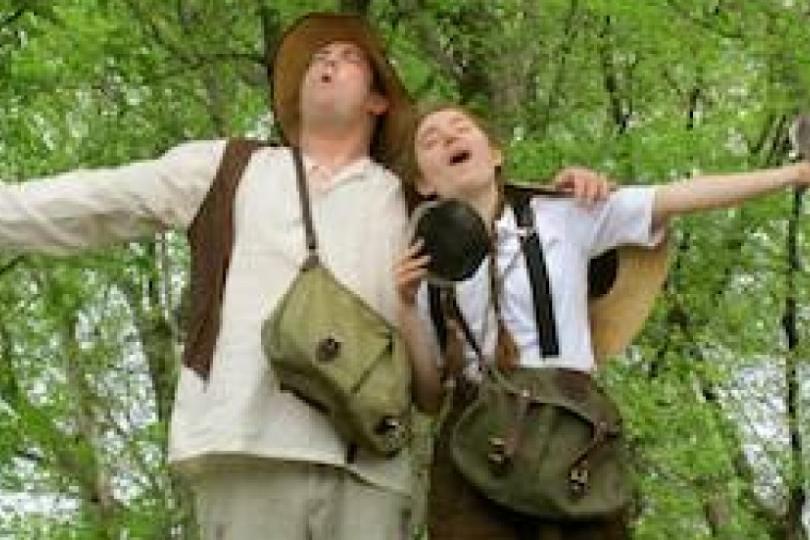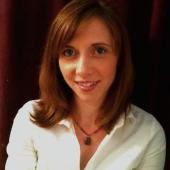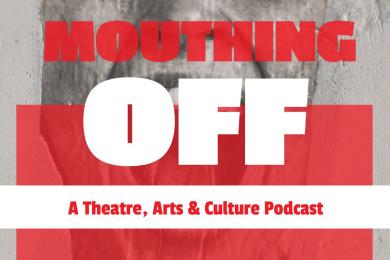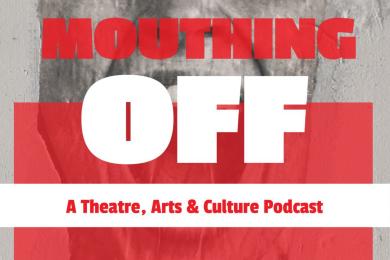Dialogue, Part 2: When is a place not a place?
Interview

I want to begin by saying how grateful I am to be asked to contribute to this conversation alongside Charles and Molly – both amazing, artists doing such awesome work. I am looking forward to reading your thoughts.
* * *
As I began to collect my thoughts around “placemaking,” I was first reminded of how I have never appreciated this term. The idea that we are “making” a place, as if a given place did not exist before we arrived with our paintbrushes and “made” it, is one that has never sat well with me. As many peeves do, I think this one stems from my childhood.
I am from, what many would call, the “middle of nowhere.” Another phrase I have never appreciated. Not only does this suggest that my rural hometown is a non-place, but that it is the furthest distance from a someplace one can get. To me, both this phrase and the term “placemaking” suggest that someone from a somewhere has identified a given place as a non-place, without fully understanding all of the history, stories, and lives that have passed through it. Instead we think, “Where there is a non-place, a place must be made!” – an artistic opportunity, right?
* * *
Before I knew the term placemaking, I received my MA degree at the University of Manchester in Applied Theatre, with emphasis on the role of theater in the sustainable development of rural communities. I returned to Minnesota and, after a few years of working in the urban public art world, returned to my passion of using site-specific theater to connect rural communities with each other, their shared history, and their environment.
I started a theatre company with my colleague, Andrew Gaylord, called PlaceBase Productions. In whichever community we are working, our work starts with the place – we spend months researching its history, legends, and myths from multiple perspectives, conducting one-on-one interviews, holding group story swaps, gathering as much information as we can about the place. We then write a script based on all we have learned about the place – it’s past, present, and potential futures. Then, we stage a mobile, site-specific production in that place, using all local residents as the performers. Following the production, we hold evaluation sessions with the cast and local audience members about their reactions to the place now that they have participated in this project – the results are astounding.
For example, we worked for over two years in the town of Granite Falls on the Minnesota River (pop. 2,816). After collecting stories from over 100 residents, we created a trilogy of plays, each building off the last, to celebrate and draw attention to the river and Main Street – two of Granite’s biggest resources, but also two areas in need of attention and care. I could write books about each of these experiences, but I will focus on our second production, which brought the audience out on the river. With the Future on the Line: Paddling Theater from Granite Falls to Yellow Medicine turned 6 miles of the Minnesota River into a stage and the audience canoed from scene to scene.
For this production, nearly 200 people joined our audience and we collected surveys from each. The audience represented 72 different zip codes and 54% of those people said it was their first time on the Minnesota River, and they were likely to return. Just a few quotes from audience members relate the overall sentiment of these productions:
* * *
Is what we are doing placemaking? It would probably fall in that camp, but we prefer to think of our work in other place-related terms. I would like to challenge us, as artists, to try replacing the “making” part of this term with other words that may more adequately describe the work being done: place- enhancing, animating, activating, reviving, exploring, cherishing, celebrating, discovering. . .The list goes on and on. Identifying and using additional place-related terms may have profound effects on how we view or conceive of this work.
I asked my dear pal and public artist, Seitu Jones, his thoughts about the term placemaking. “I have always thought placemaking to be a term that artists don’t really identify with,” he explained, “If someone asks me what I am working on today, I never answer ‘placemaking,’ nor does any other artists that I know – it seems to be a term put on artists from the top down, from the funders and academics, to explain something that we have been doing for a long time.”
One of the concerns I have about the current use of the term placemaking as it relates to artists is that the word ART is taken out of the equation, altogether.
Anytime a specific word is disguised or replaced by another word, it gives me reason to question. It seems to me that use of the term "creative placemaking" aims to make our work more digestible for the general public, the politicians, the planners – but, it leaves the most important element out – the art. And, I think that is quite telling of the movement overall.
Artists are now meant to have a deep understanding of, not only their craft, but also community organizing and, in many cases, design. There are a rare few who fall perfectly in the center of this Ven diagram, and those that do have the ability to produce exceptional, transformative work in this field. However, there are others whose strengths lie more in one category than the other, which can at times result in “placemaking” projects that are lacking in vision, community engagement, or lasting impact.
* * *
Now, don’t get me wrong, I am a huge fan of much of the work happening under this umbrella term. The placemaking movement has brought a lot of attention to important creative and artistic practice by highlighting the value this work has had in our communities. By identifying the value art can bring to place, we have opened up a wealth of resources and opportunities to deeply engage and impact more people with our work. It has brought artists to the table in decision-making and city planning processes. And, it has also brought art to more people and into places that previously did not have access.
My hope with all the work happening in the placemaking movement is that we do not forget the art, or the fact that this place existed before our projects. We have much to learn from each place, whether it is urban or rural, and if we allow it to, the place can inform our art as much as our art can celebrate or enhance the place.
What I have learned from growing up and making theater in rural Minnesota, is that the art comes from the journey of discovering that the “middle of nowhere” is actually somewhere exceedingly rich with questions and stories, challenges and glories to be taken deep into consideration in our practice.
- THANK YOU! This was amazing -- a great way to connect to the history and stories of a place I'm only visiting for the 2nd time. Makes me want to learn a lot more about this area and come back.
- This was an eye-opener. I grew up nearby and never paid any attention to this river.
- I am happy that so many others are interested in our river, even persons who did not grow up here




